If you just added a new raised bed to your garden and are wondering how to fill it, this is the guide for you—it’s all about soil, and how to choose the ideal soil blend that’ll help your vegetables, herbs, and flowers thrive.
Let me start by saying that I’ve built many raised beds over the years and filled them with soil in a variety of ways. I’ve experimented with bagged soil and bulk soil, and even made my own planting medium. The soil I have now is the best soil I’ve ever had—loamy and full of worms—and it only continues to get better each year!
But it wasn’t always that way in the beginning. I’ve had my share of mishaps and I’ve certainly spent more money than was necessary to build good soil. But that’s the key here: you build good soil over time, and I’ll help you do it right from the start.
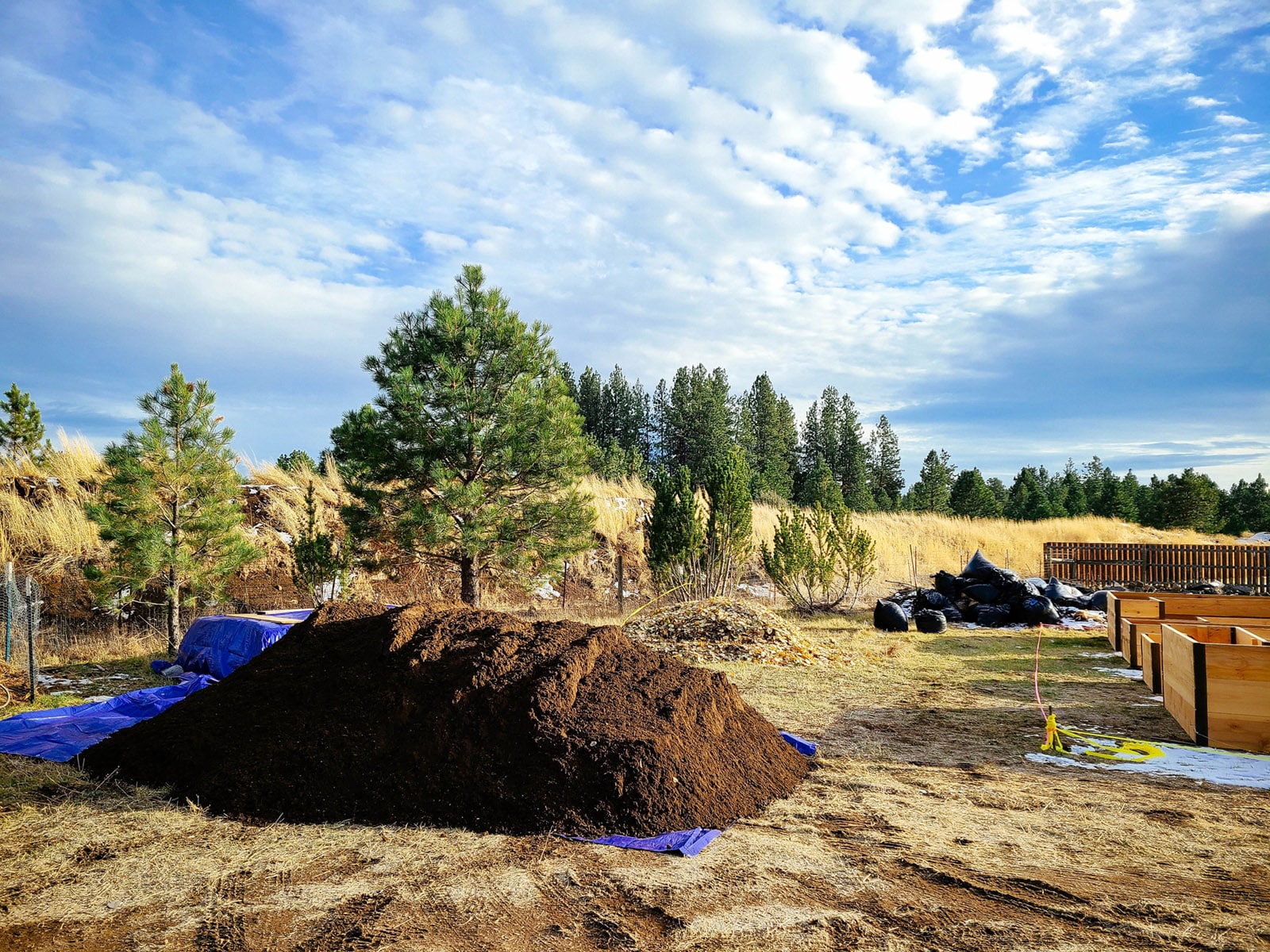
What makes a good soil?
Soil is sometimes underrated, since it’s not as exciting as plants or shiny new tools. But soil is the foundation of every garden! When you add fertilizer or compost, you’re not actually feeding the plants—you’re feeding the complex web of microorganisms living in the soil so that they, in turn, can feed your plants.
The kind of soil you want should be teeming with fungi, bacteria, protozoa, nematodes, arthropods, earthworms, and decaying organic matter. The higher the microbial activity, the healthier your soil is.
Building up this biodiverse ecosystem takes a bit more effort than just making a trip to the garden center and buying lots of bags of “garden soil” to fill up your raised bed. Sure, you can go that route, but it’s expensive and won’t provide you with a robust growing medium. Good healthy soil is made, not purchased.
The ideal soil should have a good balance of clay, silt, sand, and organic matter. These are the four essential elements of soil that give structure, hold nutrients, add porosity, and provide nutrients. When you have all four elements in relatively equal amounts, you have loam—an ideal soil type that holds plenty of moisture but also drains well so air can reach the roots.
So how can you achieve that?
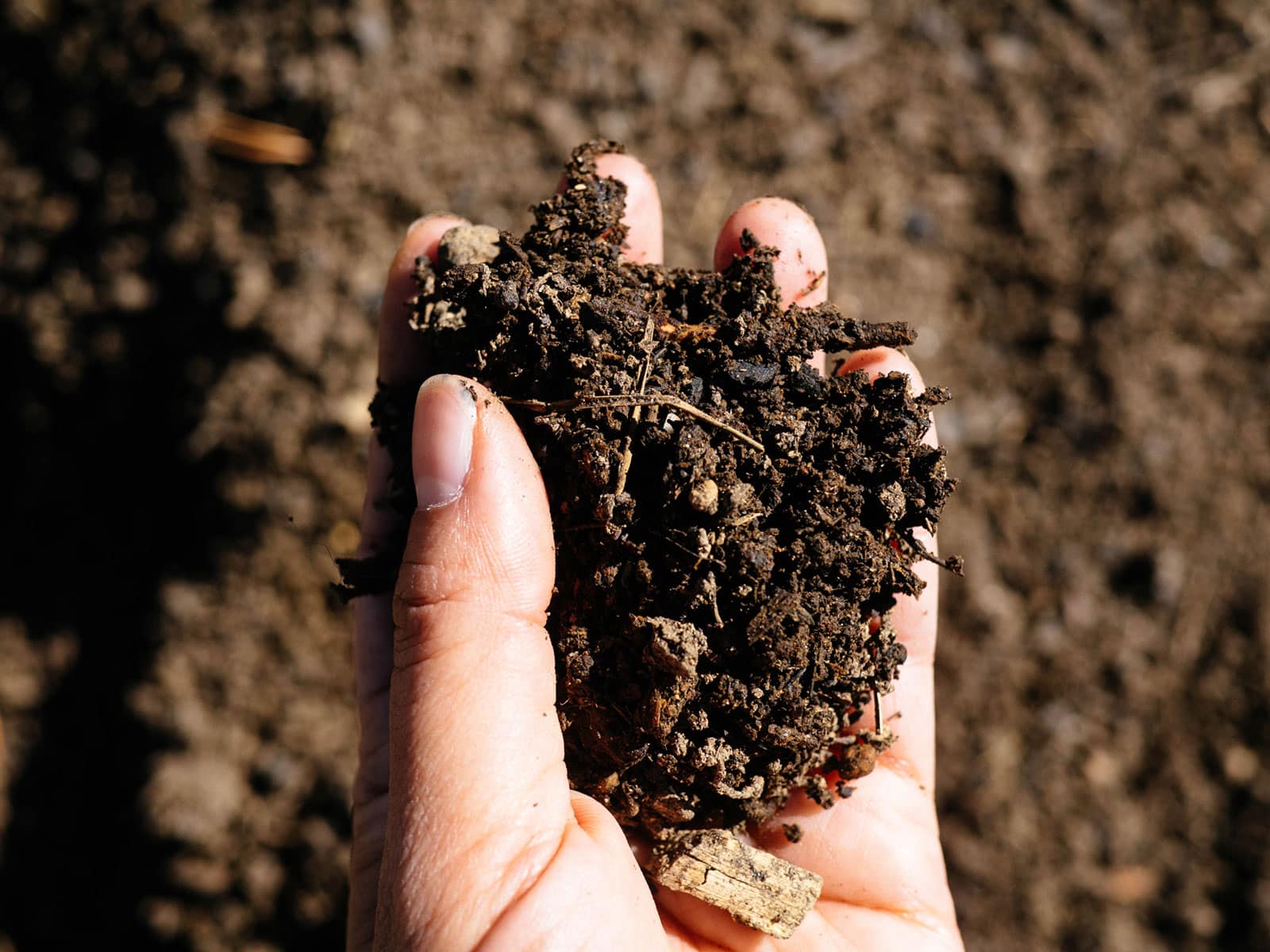
It starts with two ingredients
Quality raised bed soil has two major components:
- Topsoil
- Compost
While the list is short, this is just the bare minimum of what should be present in your soil.
Topsoil is the topmost layer of native soil in a garden, yard, or field. It’s typically the upper 3 to 8 inches with the highest concentration of microorganisms and it’s fairly nutrient-rich and permeable.
You can dig up the topsoil from your yard, buy it in bags from a home improvement store, or buy it in bulk from a landscaping company. Not all topsoil is created equal, so if you’re buying topsoil, ask questions as to where it’s from and what goes into making it.
Inspect the topsoil and do the “squeeze test,” where you simply take a handful of topsoil and squeeze it. It should hold together but crumble easily when you run your finger through it. If the topsoil is hard to break apart, it’s too heavy. If it doesn’t hold together at all, it’s too sandy.
Good topsoil should be neither sticky nor sandy, and it should lean toward the darker end of brown (instead of gray or light tan). It should also smell fresh and earthy, not sour or rancid.
Compost is fully decayed organic matter, such as fallen leaves, plant debris, fruit and vegetable scraps, and even decomposing insects and animal waste (which is how nature gets a lot of nutrients into the soil).
Not all compost is created equal, so you definitely want to do your homework here. If you make your own compost at home, keep in mind that unless you’ve mastered the art of hot composting, there will likely be seeds from your vegetable scraps that’ll sprout. For this reason, it’s a good idea to put homemade compost toward the bottom of your raised bed so that any seeds won’t germinate.
If you buy bagged compost, read the label to make sure you’re getting a high-quality product. A lot of the cheap bagged compost mixes are just bark with some manure in them.
Some municipalities also offer their own compost, made from the materials that people toss in their green cans (yard waste bins). You can find municipal compost at your local recycling or waste center, and it’s often free or very inexpensive.
While this is usually better than bagged compost, be aware that it might have other waste products in it. (The municipal compost in my town sometimes has bottle caps and other random items that made it through processing, so it’s not the cleanest.)
My favorite type of compost comes from my local landscaping company. I buy it in bulk every year (by the cubic yard) and have been using the exact same compost for the last several years, so I know it’s an excellent product and works in my garden.
Quick tip
Use my simple soil calculators to figure out how much soil (or compost or mulch) you need to fill your raised beds. (They work for rectangular, round, triangular, and other odd-shaped beds too!)
Get recommendations from your local nursery or gardening group if you’re unsure where to start, and don’t be afraid to ask the landscaping company where they get their compost and what ingredients are in it. Once you find your go-to source, you’re set!
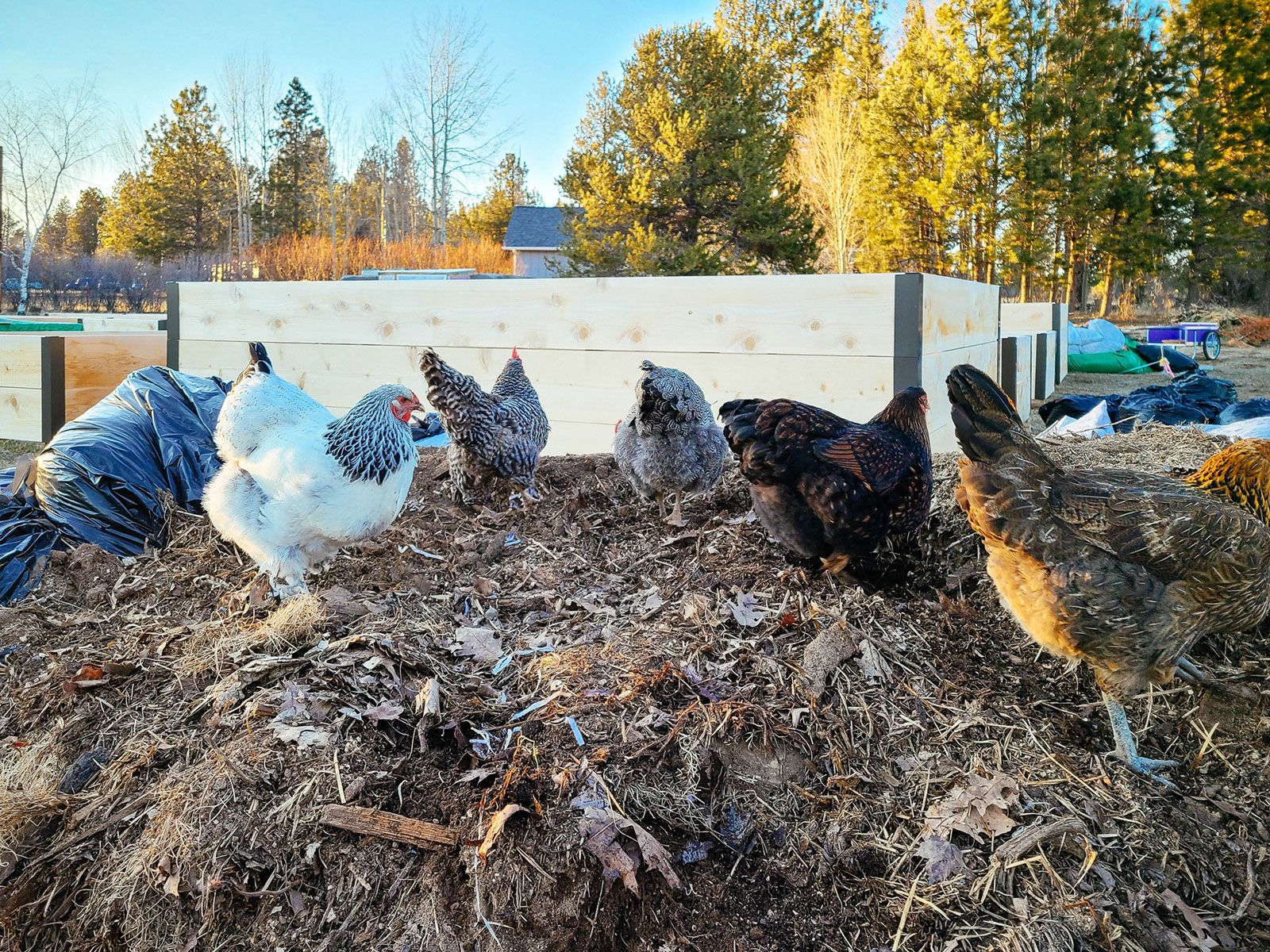
Building your raised bed soil
Now that you know what goes into a good raised bed soil, let’s talk ratios and “extras.” Building soil isn’t about following an exact recipe and using a few scoops of this or a cubic foot of that. My method—like my soil—is organic, and it varies a little each time I follow it.
The percentages below (which reference volume) are approximate and they’ve worked well for me, but they don’t need to be exact.
The 50/50 mix
If you don’t want to futz around too much, you can’t go wrong with an equal ratio of topsoil to compost: 50 percent topsoil and 50 percent compost.
In fact, my favorite bulk soil from my local landscaping company is called the “50/50 mix,” as it’s made with 50 percent clean screened topsoil and 50 percent screened Central Oregon compost.
This is a decent all-around soil blend that will work for almost anything you’re growing, and it will improve over time with a few simple practices (which I cover below).
The 3-way blend
If you need more drainage, a good soil mix to try is what I call the 3-way blend: 34 percent topsoil, 33 percent coarse sand, and 33 percent compost (basically one-thirds of each ingredient.)
When would you use this instead of a 50/50 mix? When your topsoil is a bit on the denser side, or when you’re growing plants that prefer sandy loam or very well-draining soil. My strawberry beds are filled with soil like this, as strawberries are prone to root rot.
(You can see what that looks like in my guide to planting bare-root strawberries.)
Coarse sand is not the same thing as play sand (that super fine, beach-like sand sold in bags in home improvement stores). You need sand that has some grit or pebbles in it, and it goes by different names: paver sand, builders sand, all-purpose sand, or silica sand.
Disclosure: If you shop from my article or make a purchase through one of my links, I may receive commissions on some of the products I recommend.
My ideal soil mix
This is what I use in my own garden, and it makes a great base for building up to amazing soil: 50 percent topsoil, 30 percent compost, and 20 percent organic matter.
Organic matter is the special sauce in all my garden soils, and depending on the season, it can be any number of things:
Fallen leaves – This is a great way to put fall leaves to work in your yard. They’re free (which I love) and they’re plentiful in fall. I don’t have a lot of deciduous trees in my yard, so I just ask my neighbors if I can pick up their bags! (Bags that would often just go to the landfill, so it’s a win for everybody.)
Larger, thicker leaves should be shredded first before adding them to your soil, but smaller leaves can be mixed in whole.
Worx
Electric leaf mulcher
I use this fast and powerful leaf mulcher to shred all my leaves each year. It can condense several yard bags’ worth into just one! (I pair it with this collapsible leaf waste bin, which fits perfectly underneath.)
Pine needles – What I have plenty of in my yard, however, are pine needles, so those go in my soil mix too. (Contrary to popular belief, pine needles do not acidify soil—so go ahead and use them if you have them.)
Worm castings – I buy worm castings (also known as vermicompost, or worm manure) in bags, and a little goes a long way. Worm castings are biologically active and nutrient-rich, and they help improve soil structure by adding aeration and enhancing moisture retention.
Poultry manure – I raise chickens, so I have a neverending supply of well-aged poultry manure. That said, you can often buy bagged poultry manure or source from local farmers or backyard chicken-keepers.
Straw – I let all the straw I use for mulch break down each year into my soil, and simply layer compost on top of it. Straw bales are inexpensive and readily available at feed stores; just make sure yours aren’t sprayed with herbicides.
There are many other things you can add to your soil, so use what’s widely available in your area. Sticks, pine cones, and plant trimmings can all be recycled back into the garden so they don’t go to waste.
However, I also have a short list of what I never use in my raised beds:
❌ Horse and livestock manure – This was a hard lesson learned many years ago in my old garden. Horses and livestock may consume hay that comes from fields sprayed (or oversprayed) with herbicides.
These herbicides (which target broadleaf plants) pass through the animals’ digestive tracts and remain active in manure, even after it’s been composted. The herbicides then leach into soil with rainfall or irrigation, where they can persist in the soil for up to four years.
A lot of common garden vegetables are sensitive to herbicides, including tomatoes, peppers, spinach, lettuce, carrots, and peas, as well as most flowers. If you try to grow them in herbicide-contaminated soil, you’ll get stunted or deformed plants with poor to no production.
If you still want to use horse or livestock manure in your garden, always ask what the animals were fed, the origin of the hay, and if any herbicides were used on the hay or pasture. Some livestock owners might not know this (or they believe their manure is safe because their animals are healthy), so be sure to do a plant bioassay before the compost comes in contact with your soil.
❌ Peat moss – Peat is sometimes used in raised bed soil to help retain moisture, but I don’t recommend it. Sustainability questions aside, peat is very hard to rehydrate once it dries out, and it can actually repel water. If you want to improve soil structure, add more (or a different kind of) compost, such as leaf mold (which is super easy to make) or mushroom compost.
❌ Fill dirt – Fill dirt is the material below the topsoil, and it’s the kind of dirt you use to fill holes in your landscape or change the ground elevation. Because it’s usually taken from the subsoil, it has little to no organic matter.
Don’t be tempted by people offering free fill dirt from their home construction projects—good topsoil is always worth the investment for your garden.
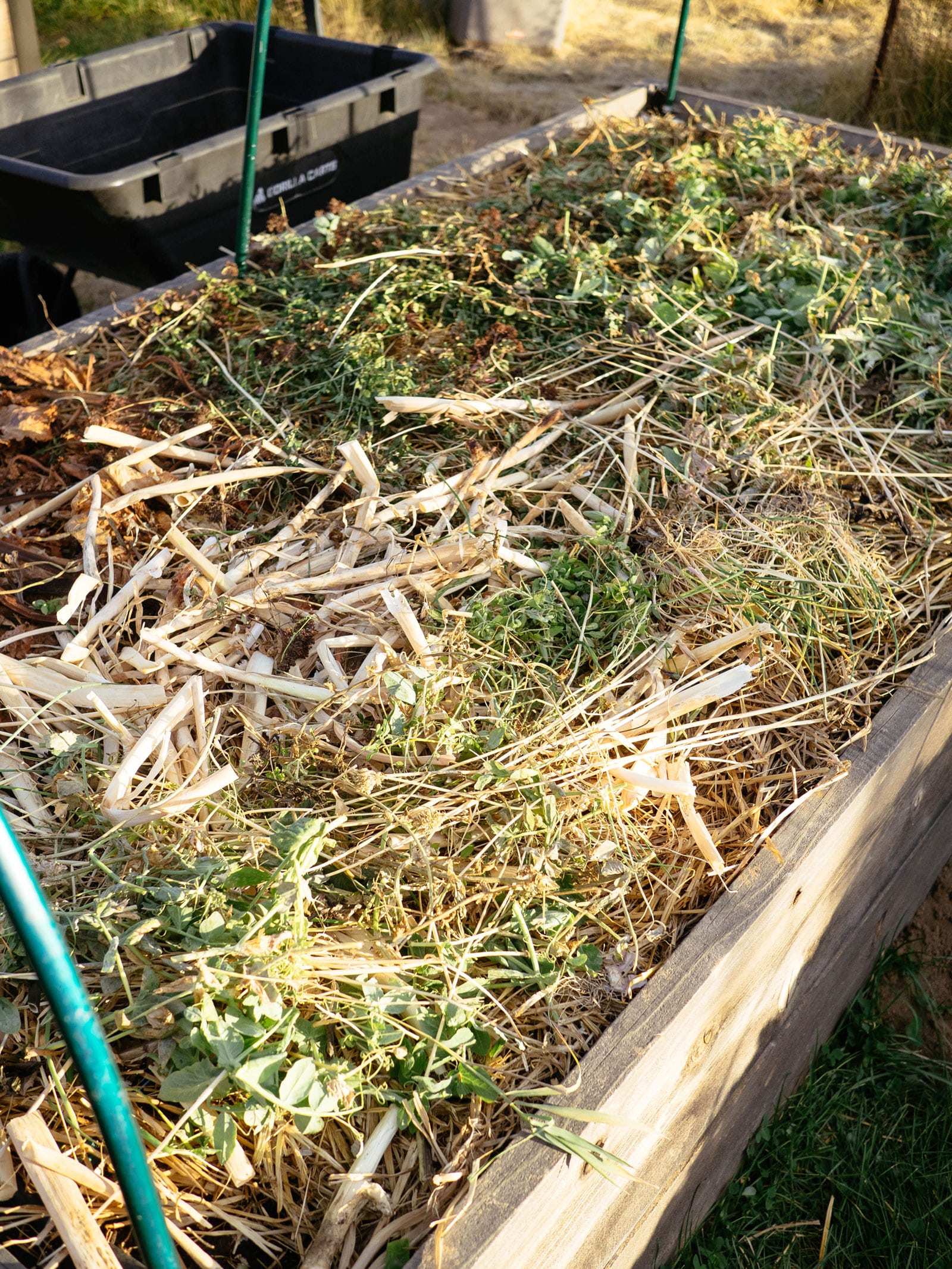
How to maintain healthy soil
As they grow, your crops will take the nutrients they need from the soil, so it’s important to replenish that organic matter each year if you want to maximize production.
I keep it simple in my own garden:
- In early spring (before I plant my warm-season crops) and in late summer (before I plant my cool-season crops), I topdress with a couple inches of compost over my raised beds—this is just garden speak for adding a layer right on top of the soil. There’s no need to work it in with a rake or shovel.
- I always use mulch to protect the soil. As the mulch breaks down, it also adds organic matter to the soil. (These are my favorite types of mulch for an organic garden.)
- When I replace plants, I don’t pull up the whole plant, roots and all—I cut it down at the soil level and leave the roots in the ground to decompose naturally. The roots add lots of good organic matter and feed soil microbes, while the spent plant is usually laid right on top of the soil and used as mulch. (I call this the “chop and drop,” and it works especially well in winter since rain and snow help break down the materials faster.)
If you follow this easy three-step process, you’ll have better soil in year two, really great soil in year three, and amazingly rich soil in years four and on.
Never leave your raised beds empty at the end of the year, even if you’re not growing anything in them. Plant a nitrogen-fixing cover crop like fava beans in fall or a frost-tolerant cover crop like Austrian winter peas in winter, grow one of these edible cover crops that can feed you and the soil, or do this to recharge the soil over winter. Like fine wine, your soil will age and get better with time!


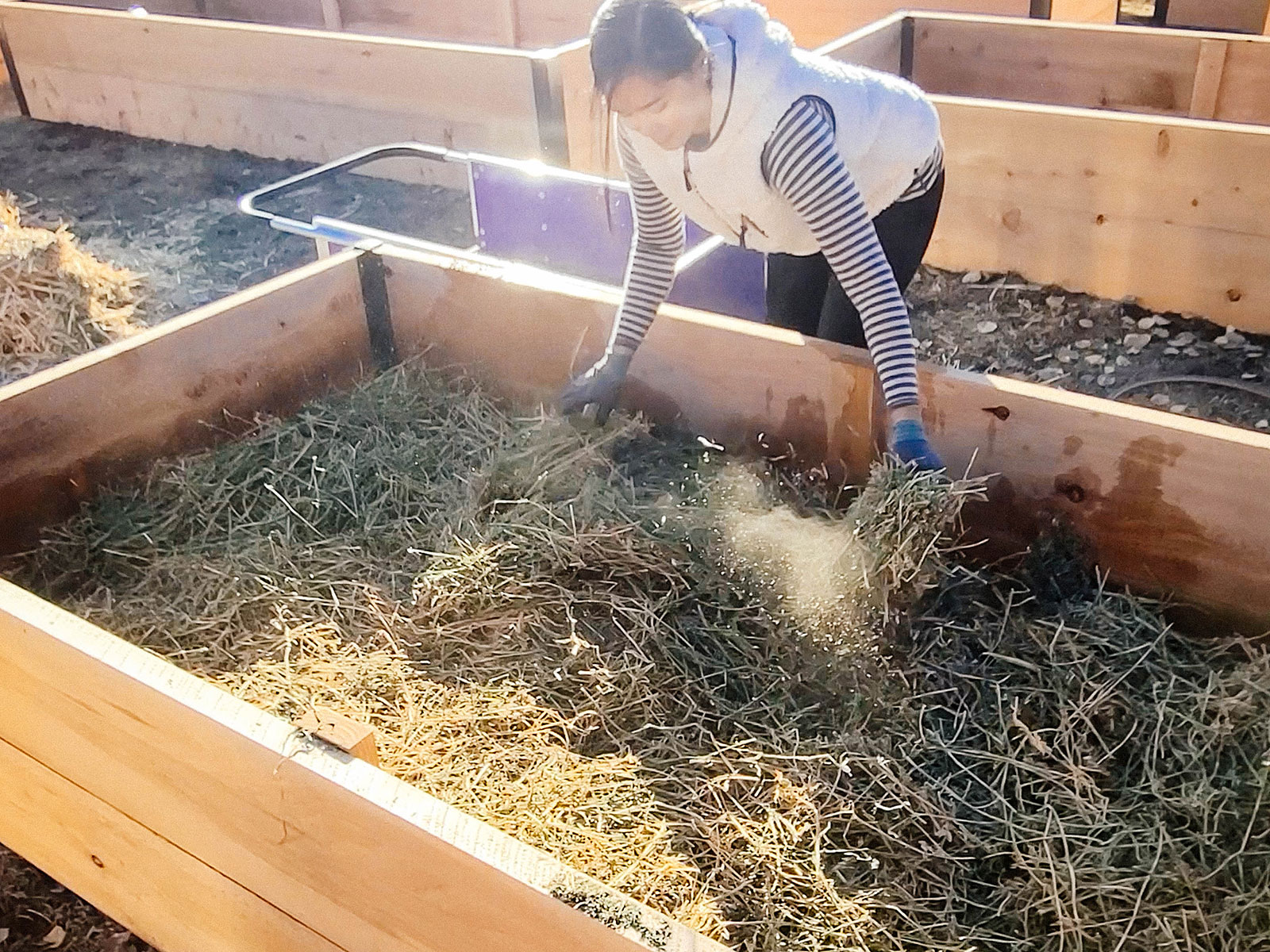
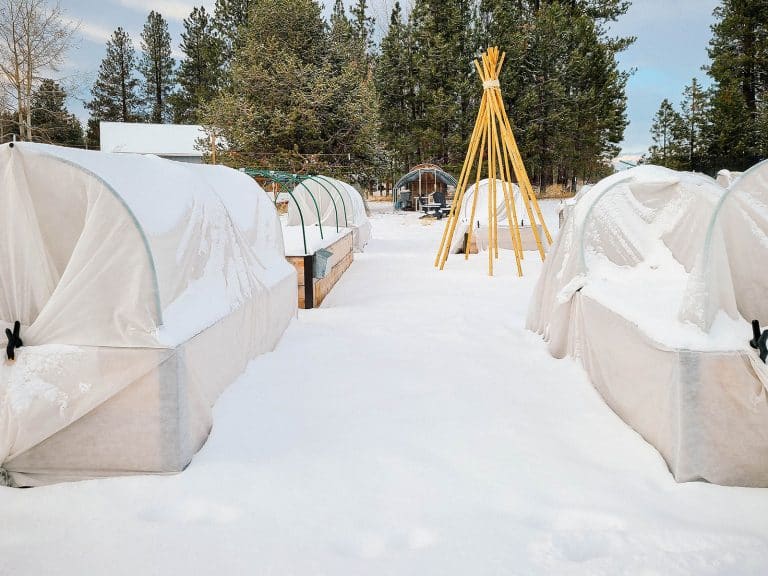
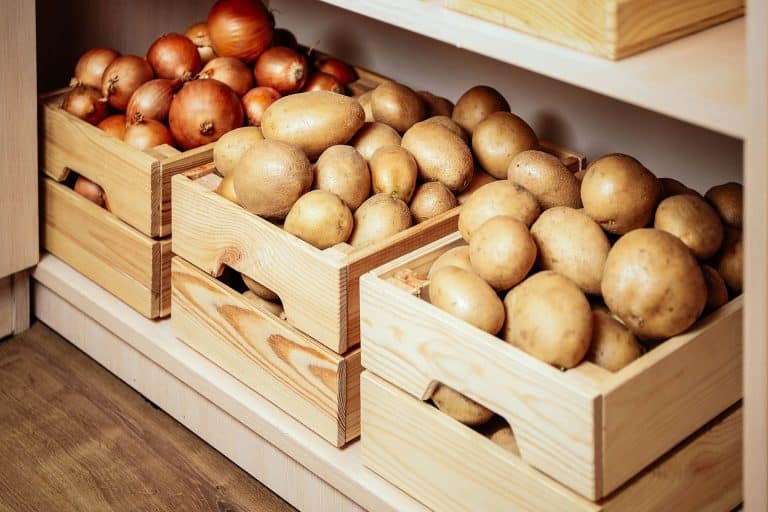
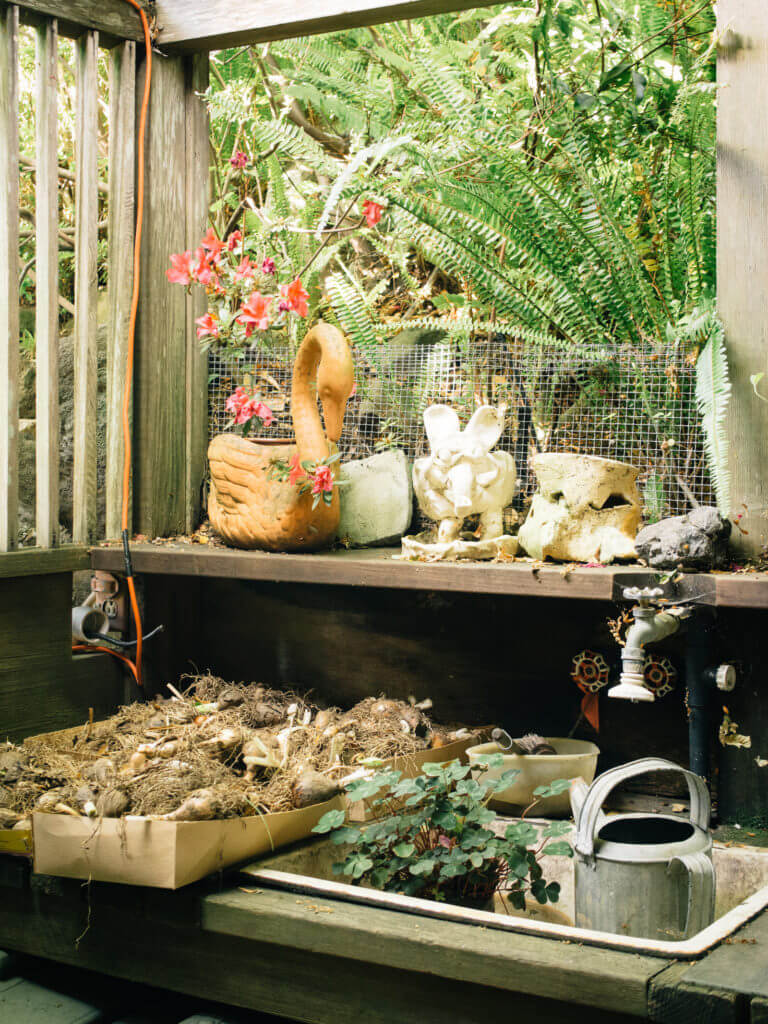
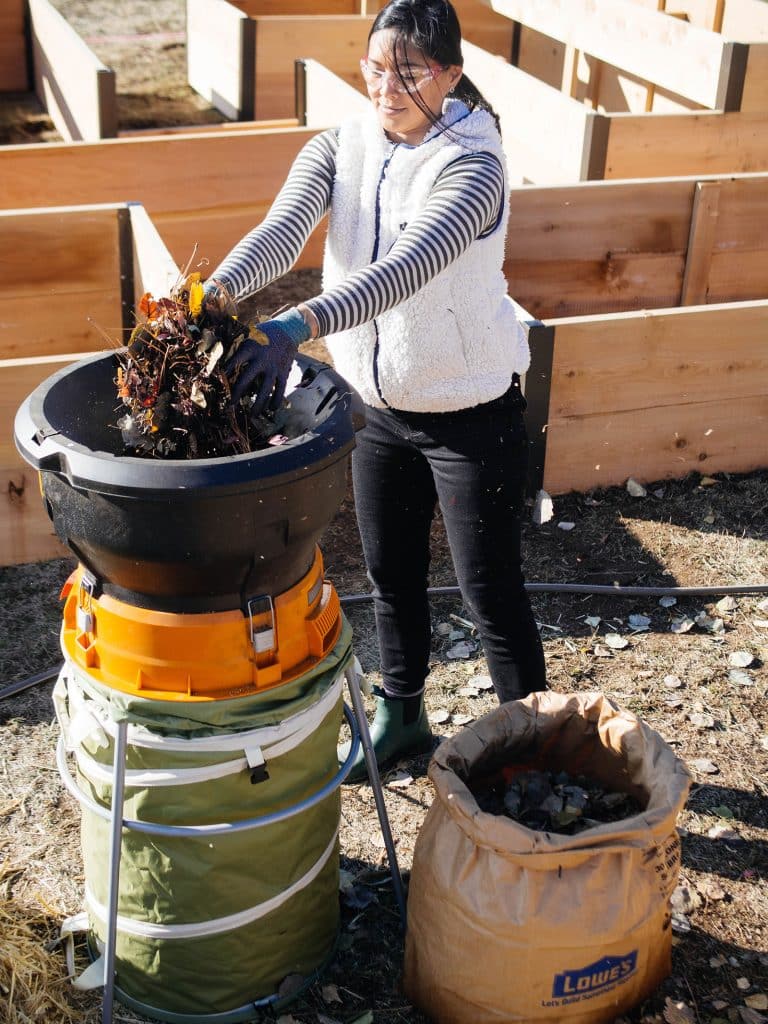
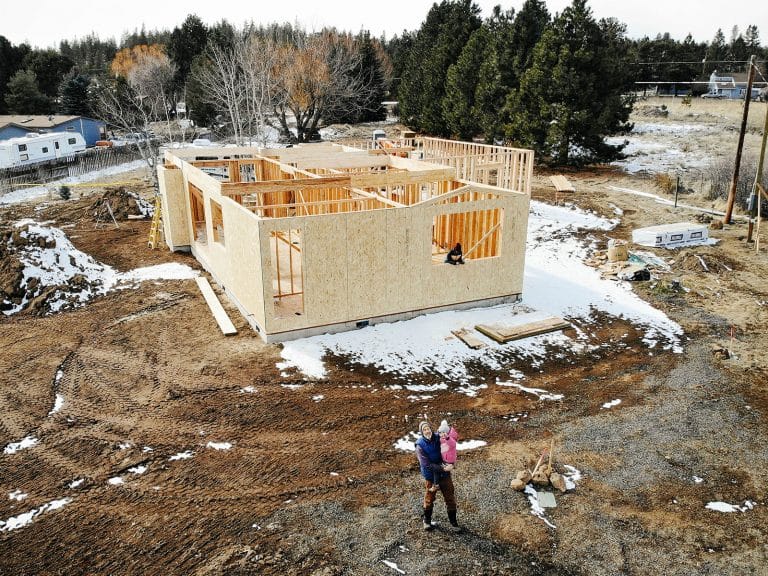
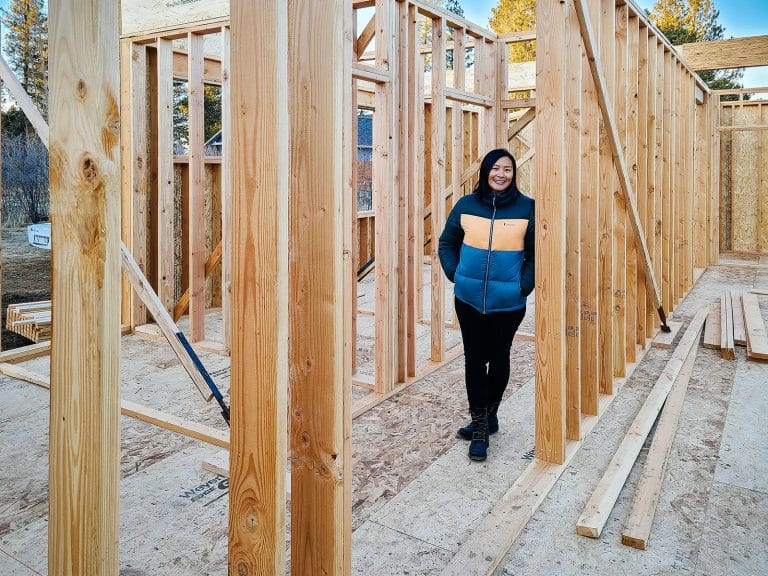
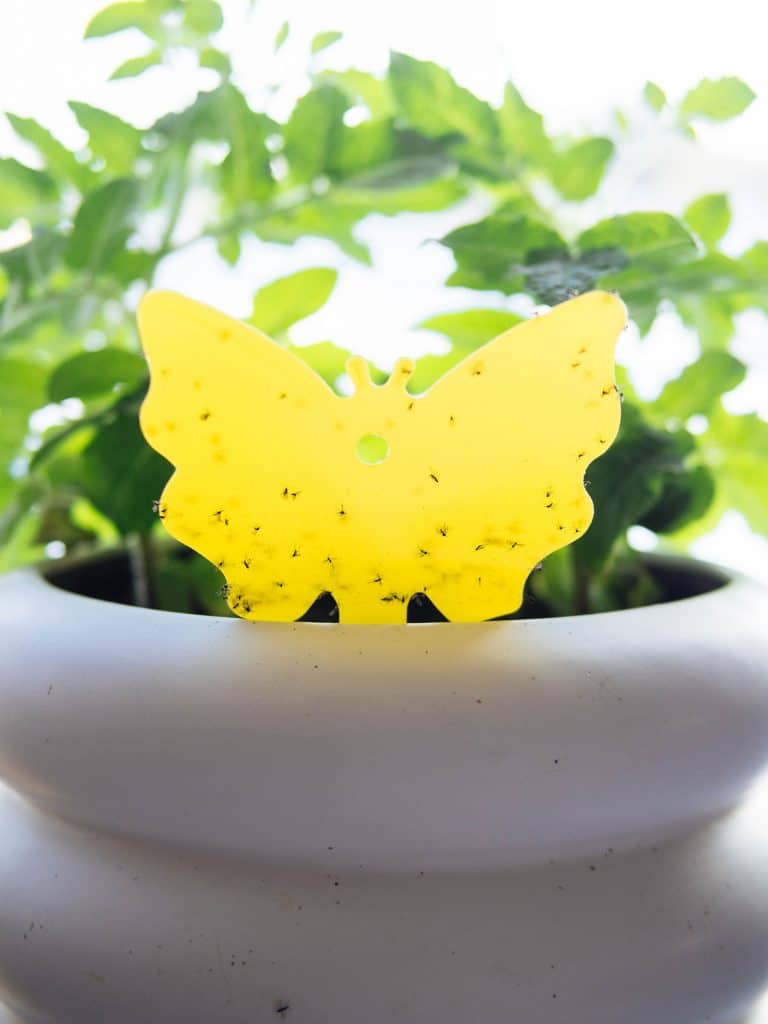
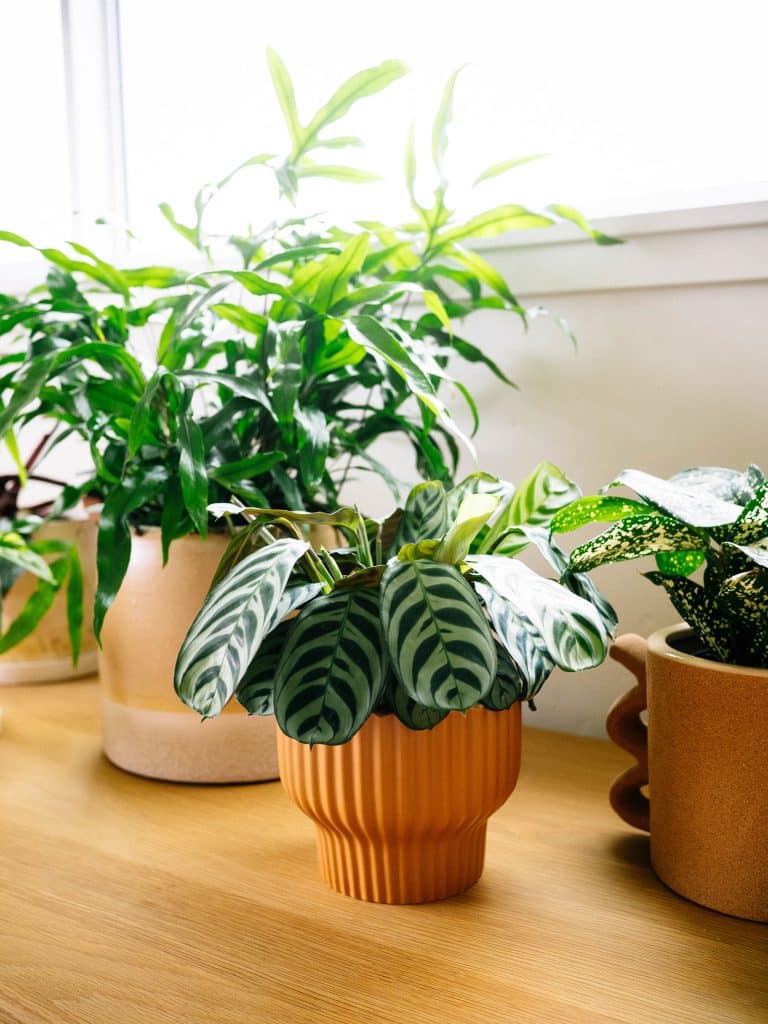
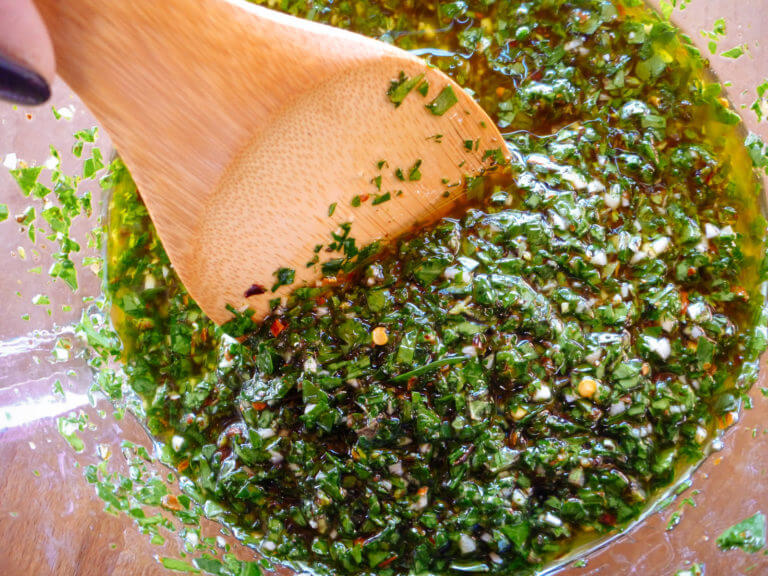
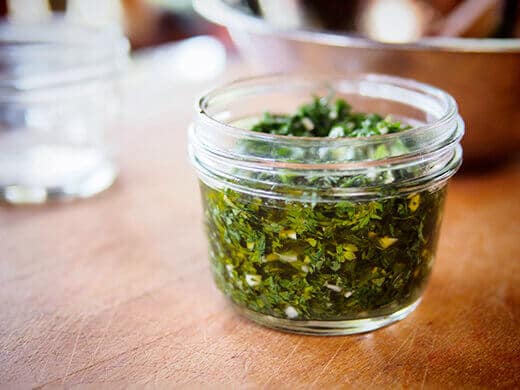
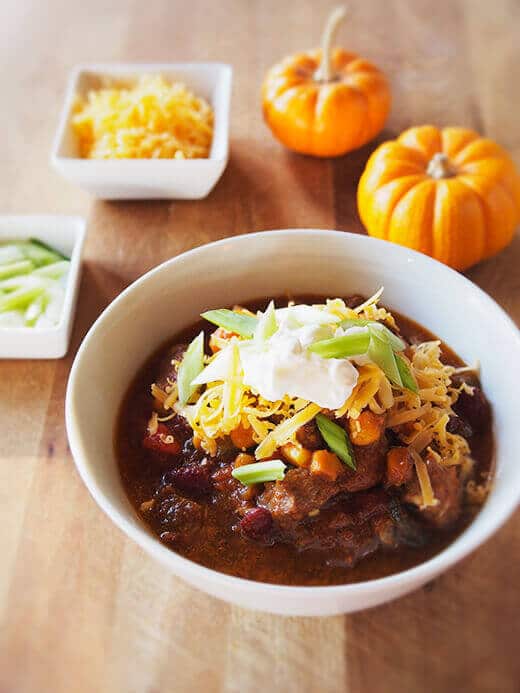
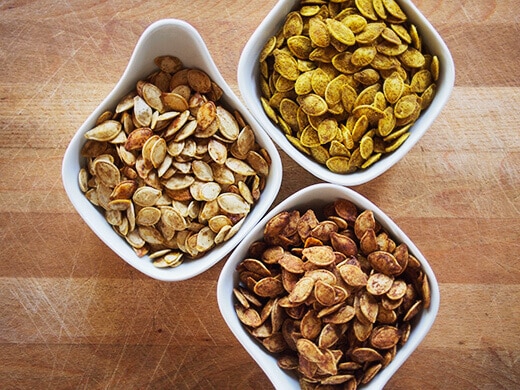
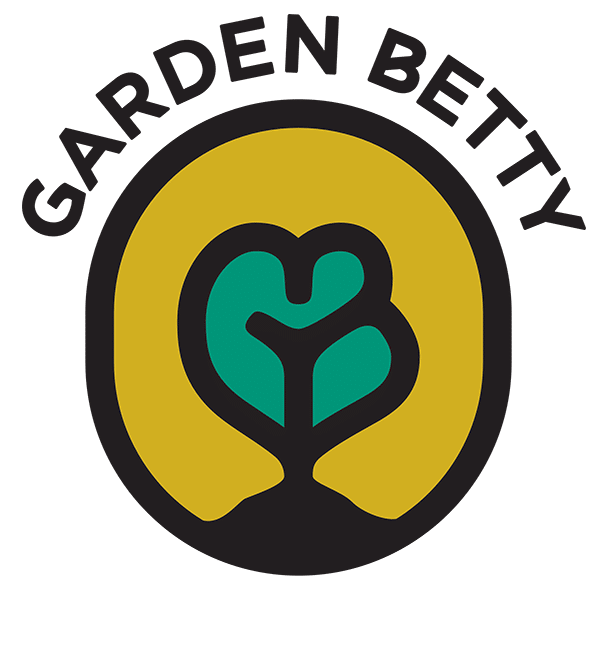
Buy organic soil in bags ! I made a raised bed t his year and filled it with 8 bags of ORGANIC SOIL ! My garden bed exploded with delicious cherry tomatos (Tommie Toes) and regular tomatos ! and red and green peppers! That’s all we could FIT in this long bed ! Will get another raised bed next year and plant other stuff! We did great in NC !
FYI, We lived in North Central Florida for several decades, and I found that mostly decayed sable palm trunks run though a shredder such as Troy Bilt produce a far better soil amendment than peat moss. The palm log material seems to have some growth-promoting factor. Seeds that fall on a still sound (unshreddable) log germinate and while they remain stunted, they don’t develop the yellowing of the leaves typical of nitrogen deficiency. I experimneted with chinampas there, and used logs not yet suitable to shred to hold side walls. They are perfect because plant roots penetrate them and hold the chinampa walls in place without need to plant the traditional willows at the edge. (My chinampas were only about 25 feet wide and willow roots would almost certainly invade from both sides. This would not be a problem in the Valley of Mexico where chinampas were developed by pre-Aztec civilizations, because the were much wider and were so productive that flowers were grown as well as food for the people of what is now Mexico City. Most plants grown principally for their flowers perform best with minimal fertility, a condition created by willow competition.)
Hi Linda! I live in northern VA zone 7a on a few acres with a backyard flock. I’ve always composted, including setting aside piles of their old bedding to age it before using it on my vegetable plants. But in the past few years we’ve been invaded by very aggressive Bermuda grass. It invaded one huge compost pile last year and I was afraid to use any of it for fear of spreading stolons. I even resorted to building 3ft deep garden beds on a smothering cardboard base, but the Bermuda squeezed through a crack and worked its way up 3 ft of soil! I’m even afraid to dig and use my own topsoil because of it. I garden organically and would love to save money and use my own compost and topsoil to fill my raised veggie beds. Any tips to keeping Bermuda grass out of my compost apart from raised bins or putting my pile on concrete? Or using my topsoil without filling my new beds with weeds and stolons? Thank you!
I empathize with you, as I have quackgrass in my own yard and it’s just as tenacious and frustrating! If the bermudagrass is growing in a sunny area, you can try soil solarization to control it: https://gardenbetty.com/soil-solarization-in-raised-beds/
You can also try covering an area of your yard with a heavy-duty tarp and then placing your compost over that. It’s how I accidentally eradicated quackgrass in my yard one year, as I had a huge pile of leaves sitting on a tarp on the ground for several months in spring/summer, and when I finally moved the leaves and tarp, the ground beneath became bare dirt and nothing ever grew back.
I really don’t recommend using topsoil from your own yard if you have a bermudagrass issue.
Good luck!
Linda, you are such a smart lady! You share so much info with all of us “want-to-be-gardners”, and then share the recipes on how to cook what you grow.
You were my first on-line recipe lady and I have been a happy cooker since then.
I hope you, your husband and darling little ones, have the best year yet!!!
Love for now…Barb West
Thanks so much for this sweet comment Barb!
I read that some commercial composts contain bio-sludge, i. e. treated human waste. When scanning the bag label for bio-sludge, I discovered the product contained feather meal and another surprise or two.
I remember the bio-sludge/biosolids controversy from many years back; I’m not sure if that’s still a concern, at least in the more reputable bagged brands. A lot of them these days are made from “forest products” and various types of animal manure. But definitely always read the labels before you buy a bagged product!